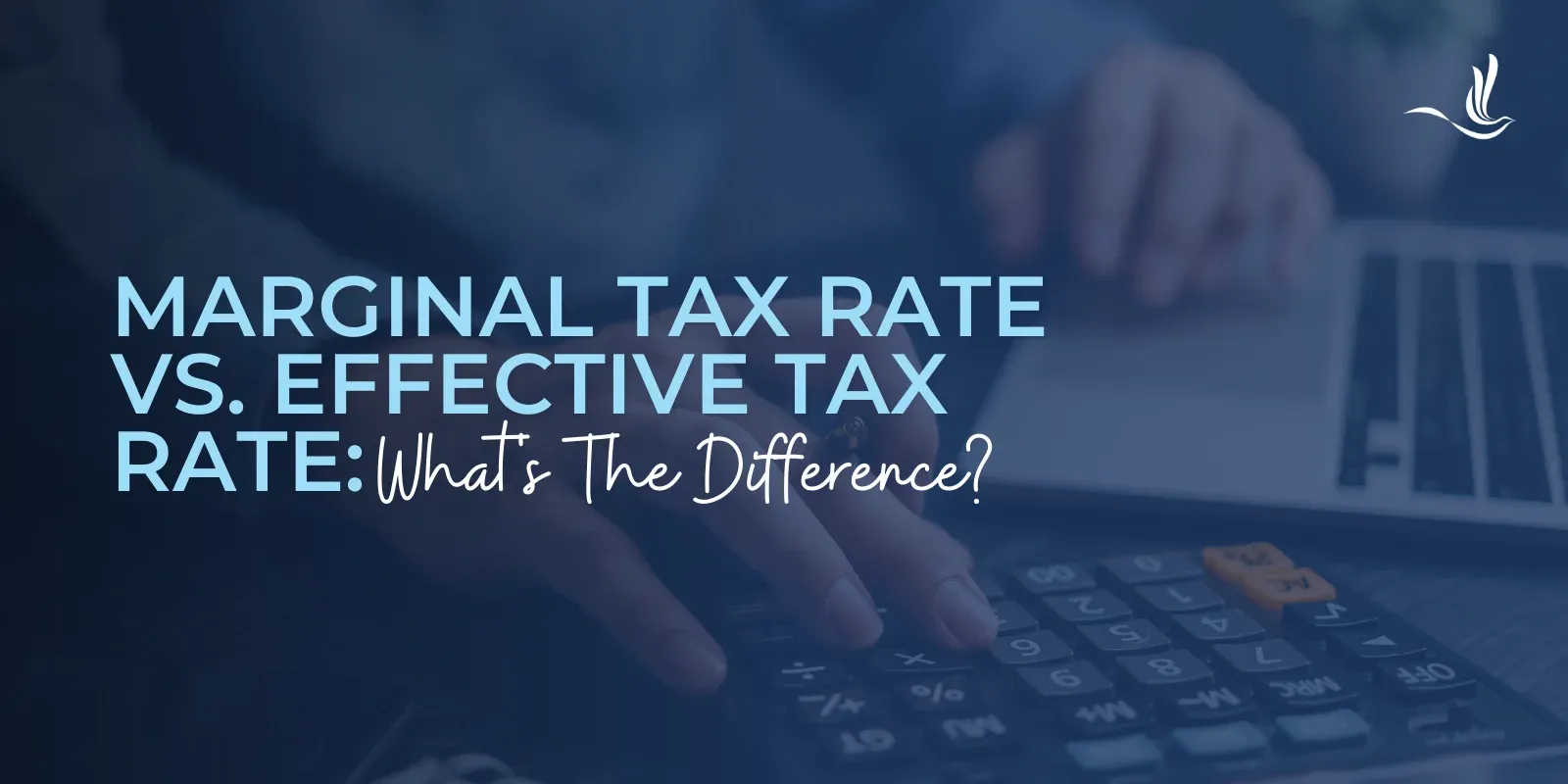The average home sold in England cost the equivalent of 8.7 times the average annual disposable household income in the financial year ending 31 March 2021, according to the latest data from Office for National Statistics (ONS).
The data found that in England, the median house price was £275,000 and £31,800 for median income.
In Wales, it was £176,000 for median house price and £29,400 for median income, representing a ratio of 6.0 years of income.
Meanwhile, in Scotland it was £166,000 for median house price and £30,300 for median income, which is a ratio of 5.5 years of income.
While purchase affordability ratios for the average home are below their peaks in Wales and Scotland, affordability ratios in England are worse than at any point since the series began in 1999.
Across English regions, an average-priced home in the North East cost the equivalent of almost 12 years of income for a low-income household (10th percentile) compared with 40 years in London.
In the most affordable English region, the North East, low-price homes (10th percentile) are available at around five times a 10th percentile or higher disposable household income
In London, low-priced homes (10th percentile) are available at five times an 80th percentile or higher disposable household income.
Octane Capital chief executive Jonathan Samuels comments: “Despite the nation’s homebuyers enjoying a prolonged period of affordability with respect to mortgage rates and their monthly repayments, the high cost of securing a mortgage alone has prevented many from climbing the ladder.”
“This is, of course, due to the fact that property values have increased considerably, but also as a result of comparably stagnant wage growth, not to mention the high cost of renting that prevents many from saving a substantial mortgage deposit.”
Meanwhile, Coreco managing director Andrew Montlake says: “With threadbare stock levels and a shambolic lack of homes being built, affordability ratios were already borderline fictional for many. But with inflation and rates now rising, affordability is rapidly entering the realm of fantasy.”
“Our property market is broken due to a lack of new homes being built and salaries rising nowhere near the rate of house prices. In many areas of the country, the UK’s property market is starting to resemble a science fiction novel.”
NerdWallet lead personal finance writer Brean Horne adds: “Understandably, many prospective buyers will be monitoring house prices carefully in the hopes of a market cooldown. However, it’s important to remain proactive and prepare for the opportunity to purchase a property when it arises.
Buyers will strengthen their position by taking the time to evaluate their finances. This includes looking at their income, expenses, personal savings, credit history and outstanding debts to get a clear idea of their budget and the types of property they can afford.”
“Additionally, prospective homeowners should carefully consider any mortgage offers and shop around for the best rates and loan-to-value options. Using online tools like comparison websites can be beneficial and speed up the process.”
“Whether rising interest rates and inflation will reign in a market that has seen remarkable growth over the last two years remains to be seen. Yet, it is unlikely to reverse years of steep price jumps that have dented the hopes of first-time buyers.
Buyers who do their research and prepare now will put themselves in a better position to purchase property when the time is right for them.”
Original Article






